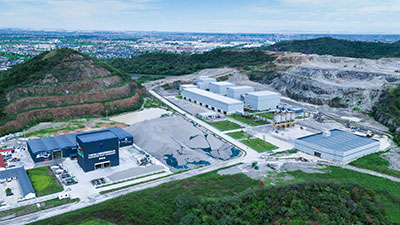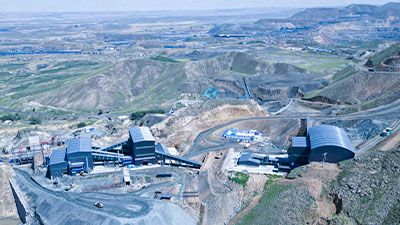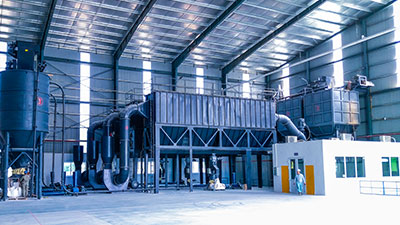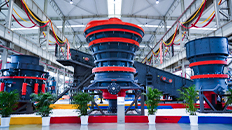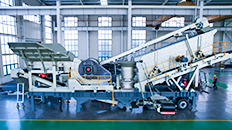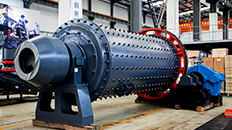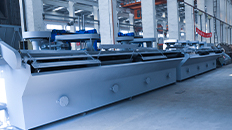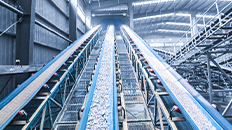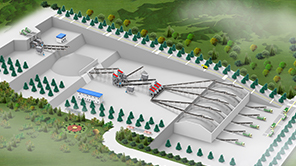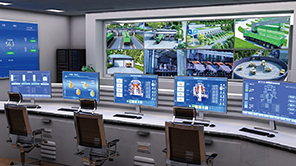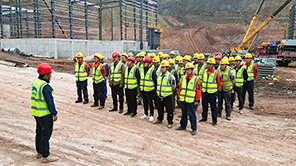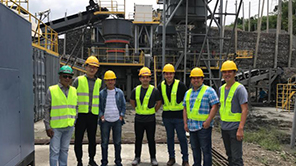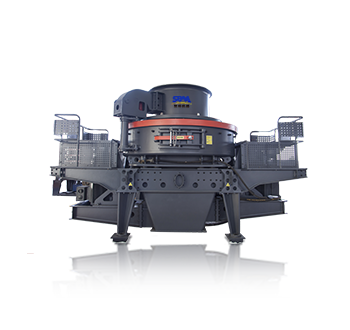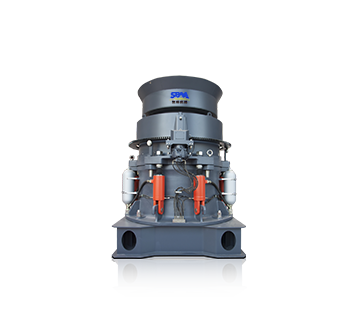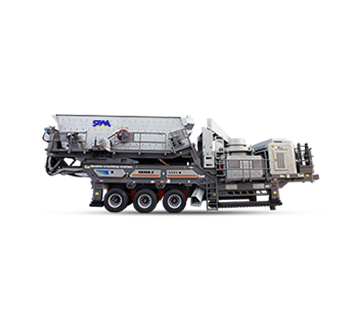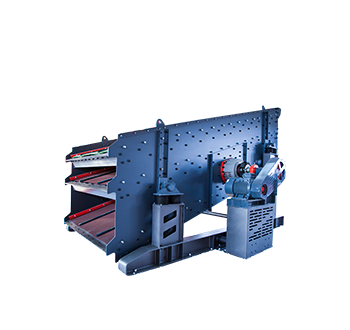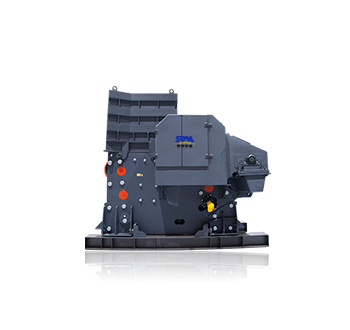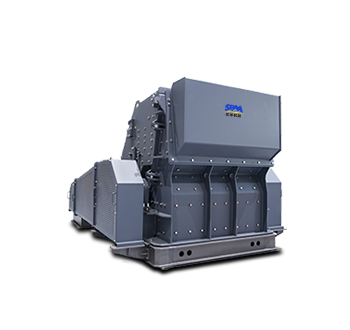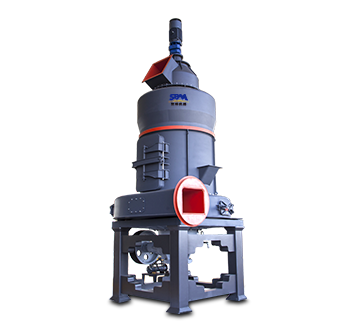Summary:Construction and demolition (C&D) recycling refers to the recovery and diversion of reusable resources from demolition debris that would normally be disposed of in landfills.
Construction and demolition (C&D) recycling refers to the recovery and diversion of reusable resources from demolition debris that would normally be disposed of in landfills. Through careful sorting, processing and reuse, C&D recycling supports sustainable development and environmental protection. It allows recovered materials to be repurposed, reducing the need for new natural resource extraction and preserving landfill space.
C&D recycling offers an eco-friendly solution to construction waste management by allowing useful components like aggregates, wood, glass and metals to reenter the production chain. By diverting recyclable streams from burial and into new structural applications, C&D recycling bolsters the circular economy. It also aids in satisfying rising aggregate demand fueled by urbanization through resource augmentation. From pollution prevention to economic savings, C&D recycling provides communities with a cost-effective and responsible alternative to traditional disposal methods for managing inert demolition byproducts.
Types of C&D Materials
Construction and demolition materials (C&D) comprise a diverse range of inert waste products salvaged from civil infrastructure and building refurbishment sites. C&D loads typically contain sizeable, weighty debris such as:
- Fractured concrete remnants
- Asphalt pavement chunks
- Earthen soils and aggregates
- Fired clay fragments
- Varied metals like copper, aluminum and steel
- Sand and granite residuals
- Timber scraps
- Plasterboard pieces
Many C&D components allow material reclamation rather than disposal. For instance, crushed concrete can re-enter as fresh aggregate substitute. Recycled wood finds uses as mulch or other goods. Refined metals like aluminum permit remanufacturing. With proper sorting and processing, C&D waste streams facilitate the circular economy by recovering utilitarian substances for diversion from landfill burden towards renewable applications.
Benefits of C&D Recycling
Recycling materials from construction and demolition debris offers a sustainable solution to produce necessary construction supplies while reducing waste. Processing C&D waste through resource recovery contributes to sustainability in the building sector in several ways:
Recover Materials for New Products
C&D waste comprises various economically valuable materials such as aggregates, asphalt, metals and wood that can be directly reused or processed into new goods. Recycling prevents these resources from being wasted. Concrete rubble can be crushed into sand and gravel for new construction projects. Steel frames are melted down and used to manufacture rebar or other metal products. This keeps valuable commodities circulating in the economy.
Reduce Transportation Costs and Risks
By preprocessing debris near demolition sites, transportation needs are minimized. Large, bulky wastes become smaller, more uniform materials that are easier and cheaper to handle through fewer loading/unloading cycles. Upfront processing also improves separation of different materials for more efficient downstream operations. This significantly cuts hauling expenses while reducing emissions and road hazards from heavy truck traffic.


Supports Circular Economy
Through repeated recycling, C&D materials are retained within the industrial system rather than disposed after single use. Reusable components complete iterative cycles that maximize resource efficiency in alignment with circular economy principles. With less C&D waste requiring landfilling, fewer new raw material inputs from the environment are necessary to sustain production.
Reduces Carbon Footprint
When concrete, asphalt, wood and other recyclable wastes reenter manufacturing as substitutes for virgin materials, less carbon is emitted than producing replacements through energy-intensive extraction and processing. Lifecycle analyses show recycling cuts the embodied emissions from demolished structures compared to disposal alternatives.
Concrete Aggregates Recycled from C&D Waste
Concrete aggregates recycled from construction and demolition (C&D) waste refers to granular materials below 40mm produced from concrete debris generated from building deconstruction, road reconstruction, concrete production, engineering construction and other activities.
Recycled aggregates are divided into two categories based on particle size:
Coarse recycled aggregates have particles greater than or equal to 5mm but below 40mm. They can partially replace natural aggregates in concrete production. Concrete made with partial replacement exhibits similar mechanical properties to ordinary concrete, while full replacement decreases properties.
Fine recycled aggregates have particles greater than 0.5mm but below 5mm. They can partially substitute natural fine aggregates in various load-bearing and non-load-bearing blocks. Fine recycled aggregates can also replace building sand in non-load-bearing wall materials or be used to produce recycled sand mortar.
While recycled aggregates still differ somewhat from natural aggregates in properties, vibration-screened materials with low impurities and high pile density are quite close to natural aggregates in indicators. Proper processing can yield recycled aggregates meeting relevant standards. Recycled concrete made with quality-controlled recycled aggregates can lower precast concrete costs, conserve raw materials, reduce mineral resource extraction, and transform construction waste into a sustainable resource, promoting environmental protection.
Uses of recycled concrete aggregates:
- Recycled concrete, mortar, blocks, bricks and boards for construction engineering
- Permeable concrete, bricks, inorganic composites, graded aggregates and backfill materials for municipal and transportation engineering
- Aggregates for sponge city development as permeable media
- Concrete products for underground pipe galleries etc.
SBM's Comprehensive Solutions for Construction and Demolition Waste Recycling
SBM offers a comprehensive range of equipment tailored for construction and demolition waste recycling, including feeders, stone crushers, vibrating screens, and conveyors.
Our customers often gravitate towards mobile and portable equipment, as these solutions provide enhanced flexibility and ease of use. The mobility of these units allows operators to seamlessly transport and deploy them at various job sites, optimizing the recycling process.

SBM's NK portable crushing plant and MK Semi-mobile Crusher and Screen are two product offerings that cater to the construction and demolition waste recycling market.
The NK portable crushing plant is a versatile solution designed for on-site recycling. Its compact and lightweight construction allows for easy transportation and quick setup, enabling efficient processing of construction debris at the point of generation. The NK model features a foldable hopper and conveyors, as well as telescopic support legs, further enhancing its mobility and adaptability to different job site conditions.
The MK Semi-mobile Crusher and Screen provides exceptional maneuverability and mobility on uneven terrains. Its advanced control system allows for seamless monitoring and control of the crushing operation from a centralized location. The MK's modular design facilitates rapid deployment and dismantling, making it an ideal choice for contractors and waste management companies that require a highly mobile recycling solution.
Both the NK portable crushing plant and MK Semi-mobile Crusher and Screen are engineered to deliver reliable performance, ensuring that construction and demolition waste can be effectively processed and repurposed, contributing to the sustainability of the industry.
However, SBM also offers stationary models for those who prefer a more fixed and permanent setup. These stationary solutions are designed to provide reliable and consistent performance for recycling operations that require a more stable and centralized configuration.
Regardless of the preferred equipment type, SBM's construction and demolition waste recycling solutions are engineered to deliver exceptional performance, efficiency, and versatility. By offering both mobile/portable and stationary options, we ensure that our customers can select the most suitable solution that aligns with their unique operational requirements and site-specific needs.

